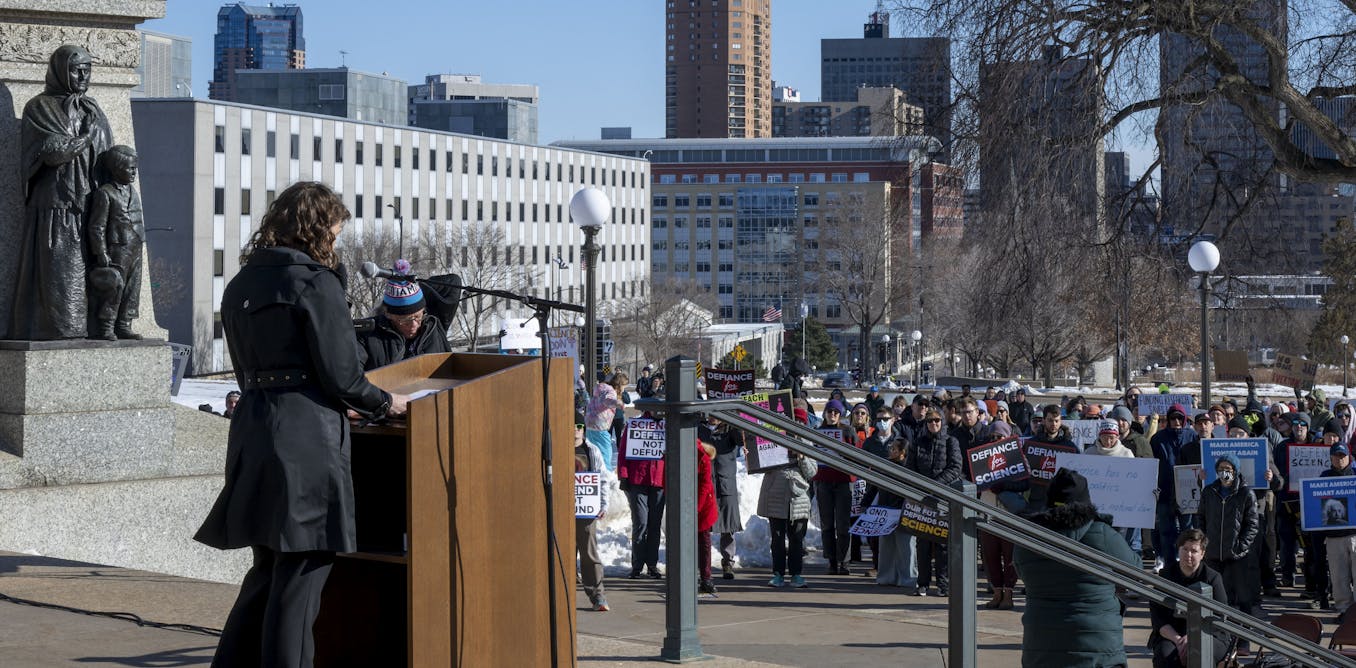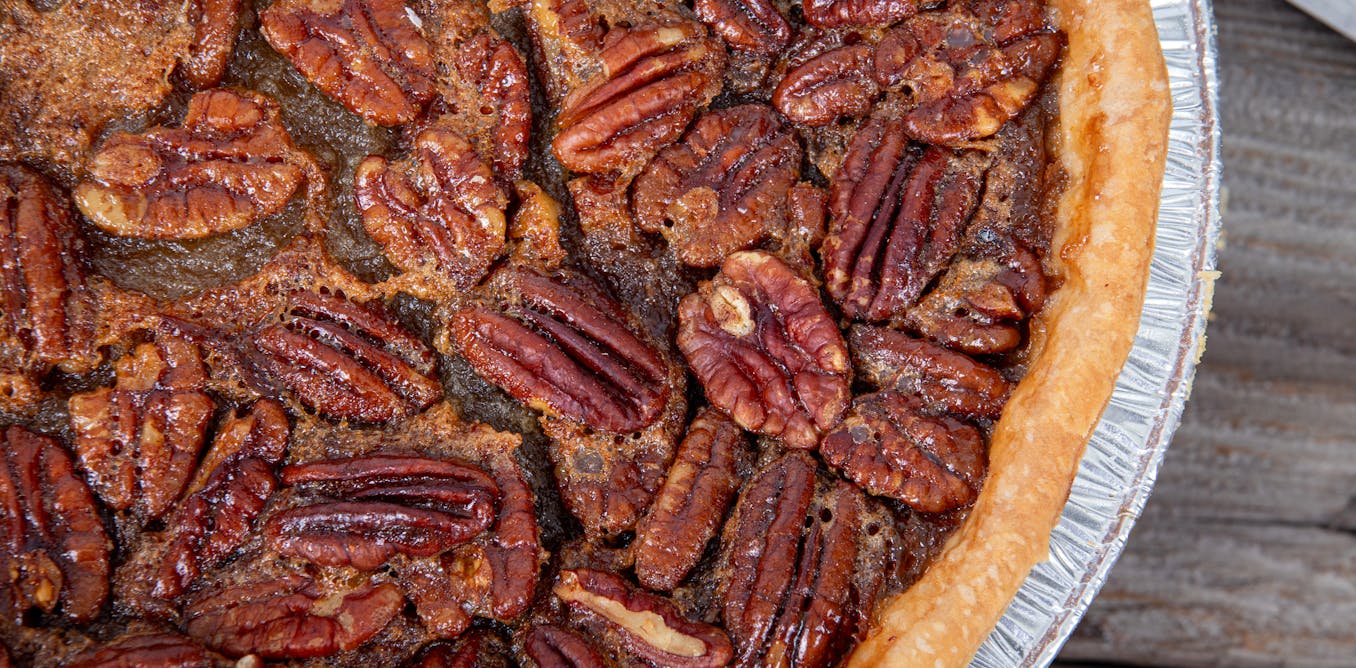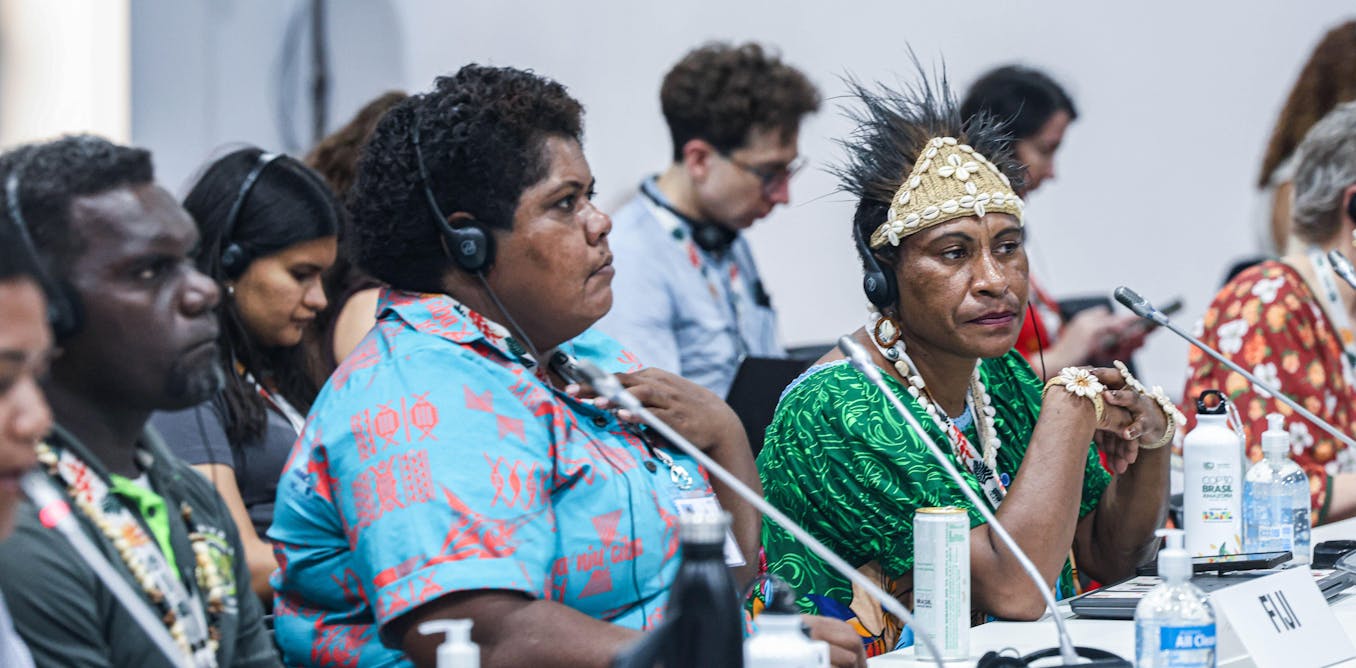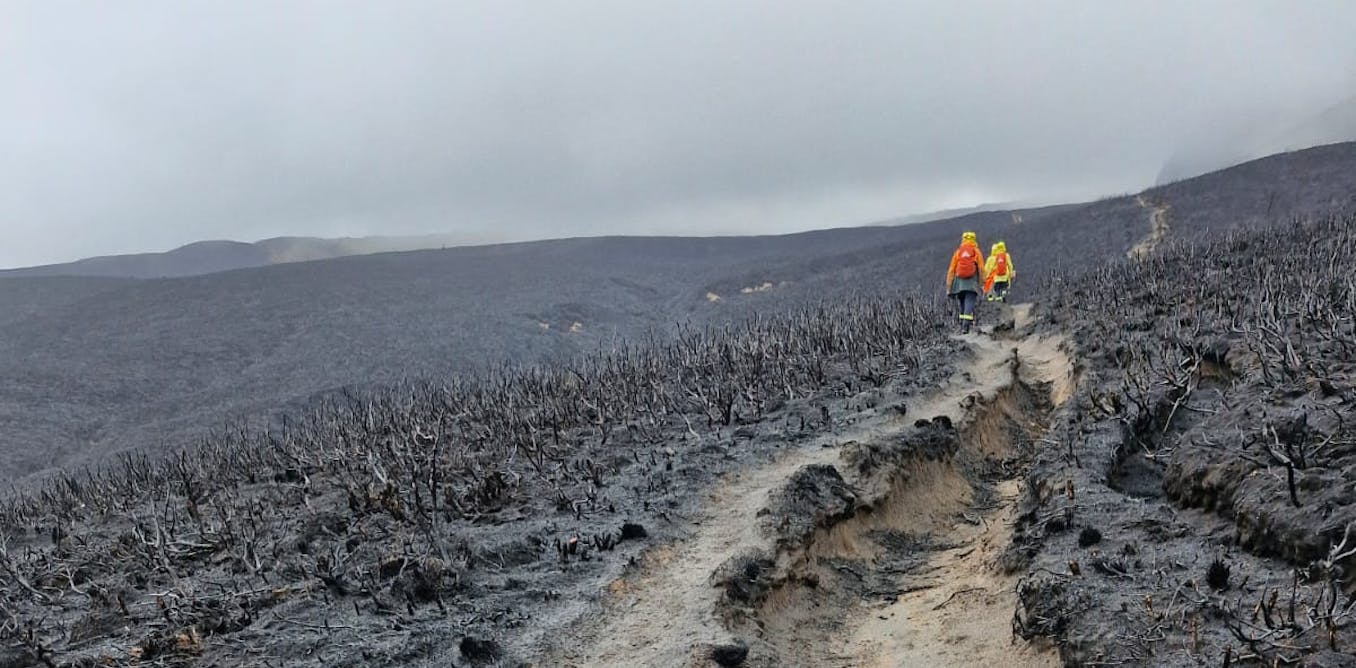If you asked most people what happened to Pompeii after Mount Vesuvius erupted in 79 CE, many would say that life completely stopped until the 16th century, based on widespread images of preserved bodies, intricate frescos, and well-preserved buildings.
But new research says that after Pompeii was buried in ash and debris, people did return.
Archaeological research in the southern quarter of Pompeii has provided new information on how citizens reused parts of damaged buildings, and adapted after the city was buried in areas up to 20 feet deep.
“The ongoing archaeological investigations have highlighted the presence of post-eruption habitation layers,” researchers at the Archaeological Park of Pompeii wrote in a paper published in the digital journal E-Journal degli Scavi di Pompei (The E-Journal of the Excavations of Pompeii) on August 6. “These can be dated to two distinct phases. The first between the late 1st and early 3rd centuries C.E. and the second between the 4th and 5th centuries C.E.”
The study, led by Gabriel Zuchtriegel, “corroborated a theory that has slowly taken shape over the last 100 years,” according to a report the New York Times.
“The defining event of the city’s destruction in 79 C.E. has monopolized memory,” Zuchtriegel said in a statement. “The faint traces of the site’s reoccupation were literally removed and often swept away without any documentation. Thanks to the new excavations, the picture is now clearer.”
“I think it’s quite normal that people would try to return as soon as possible, not only to dig for these objects but because there was little else to do,” Zuchtriegel told the Times.
According to Artnet, “citizens reused the half-collapsed walls of upper floors” to rebuild roofs, “often digging down into the ground floors to create cellars and caves.”
One staircase discovered by archaeologists was constructed from repurposed marble fragments, tiles, local volcanic stone.
Researchers also found the skeleton of a horse and a newborn child buried with a coin minted in 161 CE. The remains suggested the presence of working animals after Mount Vesuvius erupted.
Archaeologists also found cooking facilities and other signs of long-term habitation, such as cooking ware from North Africa and a family-style bread oven made of repurposed tiles, bricks, and stones. Remnants of animal bones, pine cone fragments, and ancient coins were also found.

The post “New Archaeological Research Reveals Life in Pompeii Post-Eruption” by Karen K. Ho was published on 10/03/2025 by www.artnews.com




































Leave a Reply